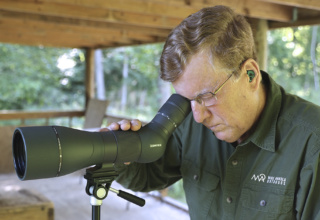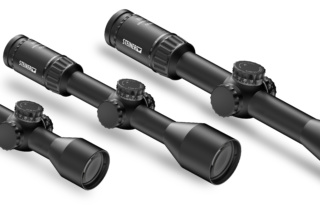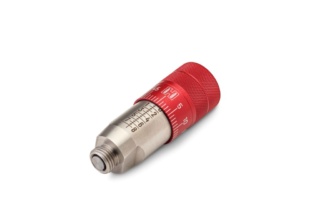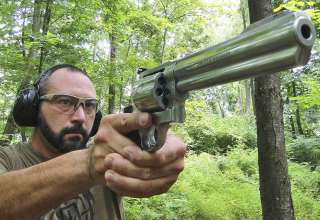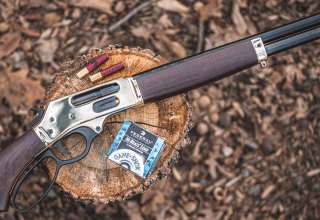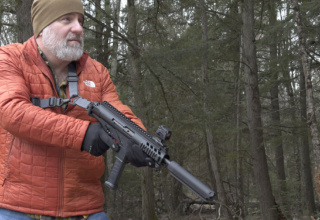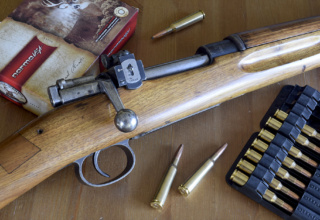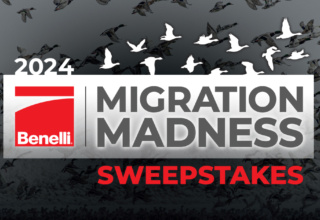Want to take your long-range accuracy to the next level? You need to start handloading.
by Frank Melloni
So, you just bought that beautiful new factory precision rifle with the “SUB-MOA” guarantee and you are ready to hit the range.
Not so fast, my friend.
It is important to understand that the MOA guarantee is likely limited to match-grade ammunition. Furthermore, not every load on the shelf is going to produce the results that you have been promised, no matter how much they cost. The solution? Handloading.
With ammunition prices skyrocketing (if you can even find it) and most of us having nothing but time on our hands, it just makes sense to make your own. Most folks will read those last words and not believe that their handmade product can outperform those made by the “pros,” but the truth is that some basic knowledge can yield handloads that shoot tighter groups than “box ammo.” The secret lies in your ability to customize.
Think about this — that barista at Starbucks makes coffee all day every day, so they must be good at it, right? Nonetheless, the best coffee comes from our kitchens because we know how to make it perfectly to suit our palate. Sure, we had to learn how to use the coffee maker and which beans were our favorite, but after doing so, we now laugh at the line wrapped around those buildings every morning.
The road to good handloads starts with an education on the topic. YouTube is good but be sure that you can vet the channel. Many YouTubers carry certifications in reloading instruction, however, many do not. Of course, the easiest way to be sure of your instructor’s credentials is to take an in-person reloading course. If you are in the Northeast, I personally hold these through Renaissance Firearms Instruction. RFI holds these annually and sometimes more frequently during times like these. If live training is not your bag, thousands of handloaders spanning across several generations have taught themselves through reading the Lyman Reloading Manual. Even today, that is a perfectly acceptable method of learning.
The goal of the precision rifle handloader is to make the most accurate round possible for one specific rifle. In this process, each shooter is going to try out a variety of component combinations as well as different amounts of powder. Once that magic combination is found, we can play with overall cartridge length, as that, too, will affect accuracy. With component combinations literally being endless, it is best to just stick with brands that have a good reputation. Even if this means a few extra bucks, you will realize savings when you compare your final product to high-end factory match ammunition. A little bit of research will give you an idea of what other shooters are finding success with, and their combinations will make a good starting point for you. Whenever using someone’s suggested load, remember that we can only go with their components, never their powder charge. Also, before we set out to test their specific powder, bullet, and primer trio, we must cross-reference their suggestions with a published reloading manual to ensure that the combination is safe to use. If you are in uncharted waters, you may want to try a few different factory loads to get an idea of what bullet styles and types run best through your gun.
Once you have settled on components, you will need some tools. I have started with and highly recommend the Hornady Classic Deluxe kit. This kit has everything you need (minus your specific dies) to get up and running. Hornady is even running a promotion that includes 500 of their top-quality bullets with the press kit, severely offsetting your startup cost. The offer also extends to most of their dies as well, although only for 100 bullets. This is another no-brainer, since that makes these among the most affordable dies on the market. Furthermore, they can accept seater stems for the specific Hornady bullet you settle on. This is critical, as it finishes your round without damaging or deforming the projectile.
When it comes to good handloads, it is important that we swallow the metric that precision takes time. The same way that your rifle was not churned out in seconds, neither will its finely tuned ammunition. For that reason, I recommend avoiding progressive presses—at least during the load development stages. We should also steer clear of powder measures until we know exactly how sensitive our “pet load” is to a two-tenths grain variance. With the Classic Deluxe kit, you can still use your measure to speed the process, but set it to only throw close to your target charge and then use the included trickler to get it precisely where you need.
Once your kit is installed and you have your components in hand, you are going to want to subject your brass to a very discriminating preparation process. If you are using once-fired brass, be sure to clean it with either a vibratory tumbler or sonic cleaner before separating it by headstamp. Consistency at the reloading bench is consistency on the target. Of course, going with high-quality, factory fresh brass all but eliminates these steps.
Once we have the batch of cases separated out, we want to resize/decap them. After this, it is a good practice to uniform your primer pockets as well as deburr their flash holes, as this ensures consistent ignition from case to case. If needed, be sure to trim cases that are too long and to also chamfer and deburr their mouths.
Your last step to increase consistency is to further segregate your cases by weight. Here, you want to be as discriminating as possible, meaning each case should be within two grains of each other. Once you have a final lot separated out, prime your cases with a hand-priming tool. This is better than ram priming because you will get a better “feel,” allowing you to ensure all primers are set to the same depth.
Now that your cases are ready for powder, let’s get that together. Referencing your manual, you will find the safe range for the powder that you have selected. Your goal is to make 5-10 rounds from the minimum weight all the way to about the maximum weight. Do this in .03 grain increments for most medium-sized rifle cartridges (i.e. Creedmoor or .308), but feel free to take smaller steps for smaller cartridges and larger steps for larger cartridges.
Once your cases are charged, they are going to need a bullet. How far into the case should it go? Well, another reason that I endorse the Hornady Classic Deluxe kit is that it includes the overall length tool (OAL Tool). This tool allows you to determine how far a bullet needs to stick out of your case before it just touches the lands. It is my recommendation to find this length and then reduce the cartridge’s overall length by 10 thousandths. This makes a good starting point. After you determine your best powder charge, you can take a second trip to the range and vary this length to see if it helps or hurts your accuracy.
Now that your handloads are complete, you want to label them, including detailed records of their construction. We do this for safety and to ensure we can replicate them when we need more. On the RFI website, you will find a record sheet that covers all bases, as well as a label that fits inside either a 50- or 100-round MTM ammunition box. This makes it easy to keep track of this critical information. From here, all you need is a steady shooting bench and a calm day on the range.
When you get to the range, you are going to test your rounds in order from lightest charge to heaviest. During the process, you will find that one powder charge groups substantially tighter than the others. Along with your accuracy test, be sure that you are checking for signs of pressure and avoid shooting that maximum load if possible. While the book says it is safe, that can change with ambient temperature, brass brand, or even primer type.
Among all these things, take your time and enjoy. Remember, safe ammo is also accurate ammo!







